アイ・アム・ゴースト
(2 votos)
?
?
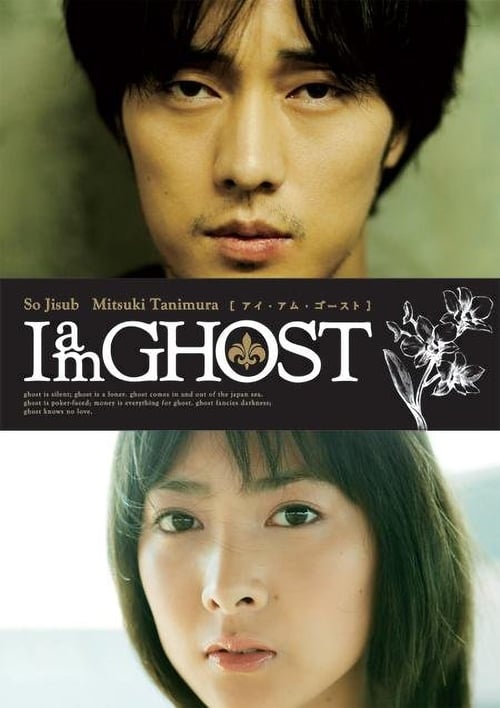
Recomendados
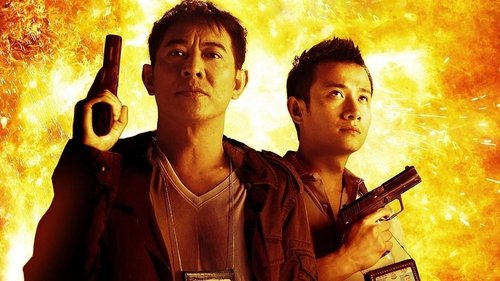
Dupla em Fúria
Quando uma série de assassinatos misteriosos começam a assustar a cidade, o rebelde Wang (Zhang Wen) e o veterano Huang (Jet Li) são designados para resolver esse enigma. Durante a investigação a dupla descobre que todas as vítimas tiveram relação com Liu, uma aspirante a estrela. Agora, um deles terá que se disfarçar de amante, de forma que o assassino revele sua identidade.

Guerra nas Estrelas: O Império Contra-Ataca
As forças imperais comandadas por Darth Vader lançam um ataque contra os membros da resistência, que são obrigados a fugir. Enquanto isso Luke Skywalker tenta encontrar o Mestre Yoda, que poderá ensiná-lo a dominar a "Força" e torná-lo um cavaleiro jedi. No entanto, Darth Vader planeja levá-lo para o lado negro da "Força".

Clube da Luta
Um homem deprimido que sofre de insônia conhece um estranho vendedor de sabonetes chamado Tyler Durden. Eles formam um clube clandestino com regras rígidas onde lutam com outros homens cansados de suas vidas mundanas. Mas sua parceria perfeita é comprometida quando Marla chama a atenção de Tyler.
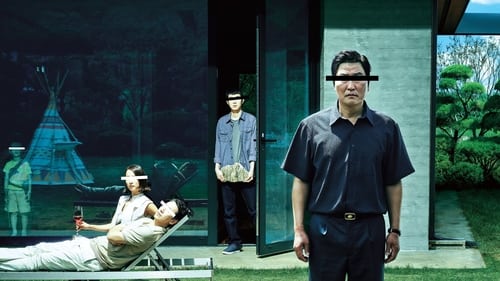
Parasita
Toda a família de Ki-taek está desempregada, vivendo num porão sujo e apertado. Uma obra do acaso faz com que o filho adolescente da família comece a dar aulas de inglês à garota de uma família rica. Fascinados com a vida luxuosa destas pessoas, pai, mãe, filho e filha bolam um plano para se infiltrarem também na família glamorosa, um a um. No entanto, os segredos e mentiras necessários à ascensão social custarão caro a todos.
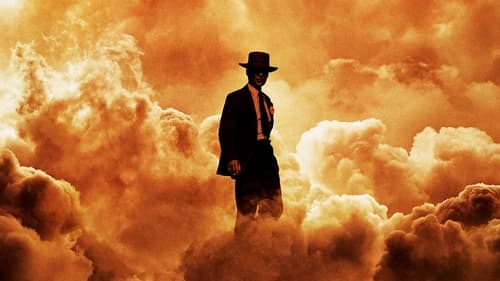
Oppenheimer
A história do físico americano J. Robert Oppenheimer, seu papel no Projeto Manhattan e no desenvolvimento da bomba atômica durante a Segunda Guerra Mundial, e o quanto isso mudaria a história do mundo para sempre.
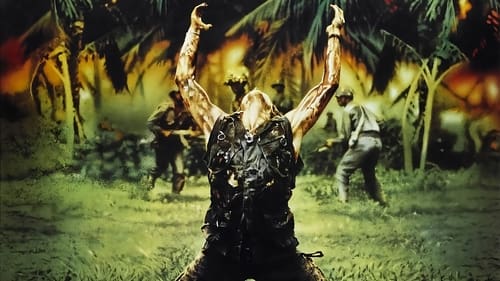
Platoon
Cris é um estudante universitário patriota que abandona os estudos para se alistar na Guerra no Vietnã. Mas quando chega no front da guerra do Sudoeste Asiático, o mesmo se defronta com a dura realidade de uma guerra onde os prováveis "heróis" tem o seu caráter deformado e as suas ilusões vão-se desmoronando.
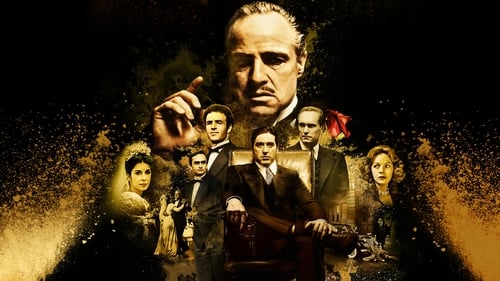
O Poderoso Chefão
Em 1945, Don Corleone é o chefe de uma mafiosa família italiana de Nova York. Ele costuma apadrinhar várias pessoas, realizando importantes favores para elas, em troca de favores futuros. Com a chegada das drogas, as famílias começam uma disputa pelo promissor mercado. Quando Corleone se recusa a facilitar a entrada dos narcóticos na cidade, não oferecendo ajuda política e policial, sua família começa a sofrer atentados para que mudem de posição. É nessa complicada época que Michael, um herói de guerra nunca envolvido nos negócios da família, vê a necessidade de proteger o seu pai e tudo o que ele construiu ao longo dos anos.
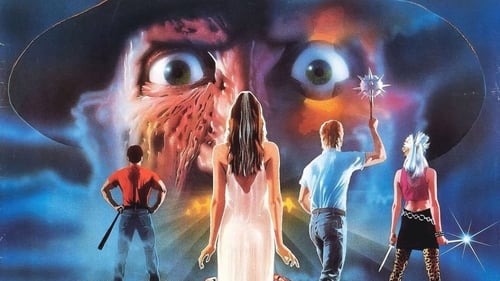
A Hora do Pesadelo 3: Os Guerreiros dos Sonhos
Os últimos dos garotos da Rua Elm agora estão num hospital psiquiátrico, onde Freddy assombra seus sonhos com horrores indescritíveis. Sua única esperança é a pesquisadora do sono e igualmente sobrevivente de Freddy, Nancy Thompson. É ela quem vai os ajudar a lutar contra o psicopata sobrenatural em seu próprio território infernal.